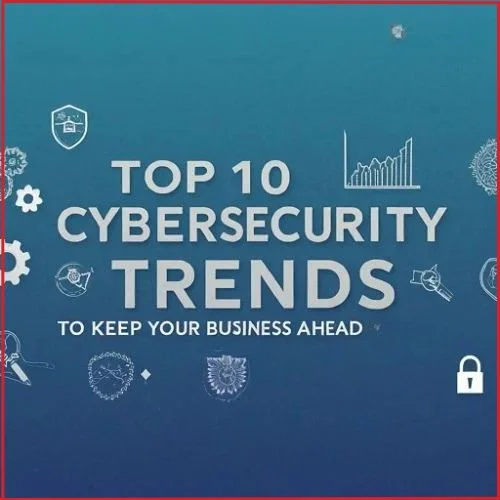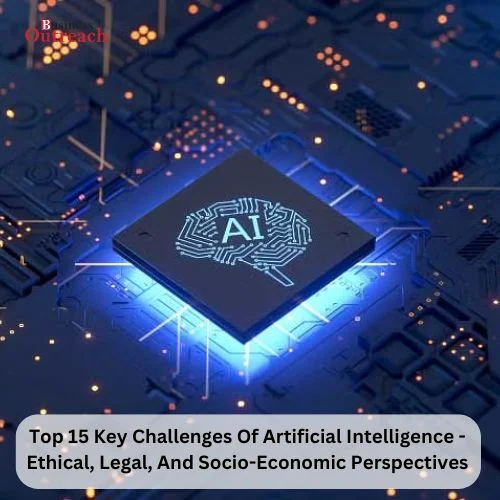In the ever-evolving landscape of cybersecurity, staying ahead of the curve is paramount for businesses aiming to protect their assets, reputation, and customer trust. As we(Business Outreach) delve deeper into 2025, new challenges and opportunities emerge, shaping the way organizations approach cybersecurity.
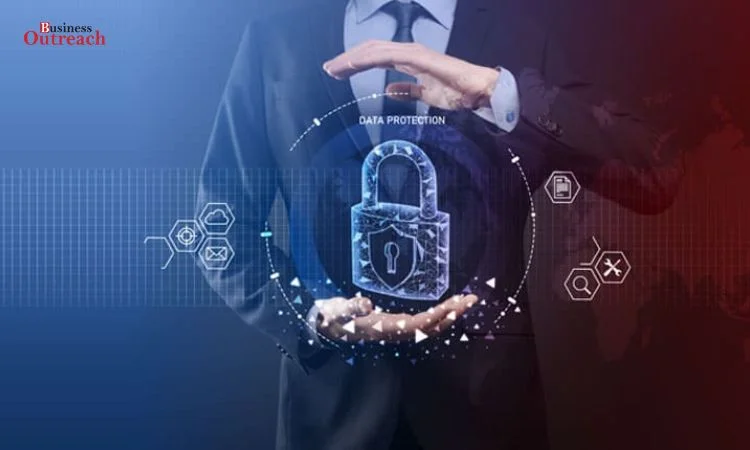
Source: Express Computer
Here Below The List Of 10 Most Important Cybersecurity Trends For Businesses In 2025
| Cybersecurity Trends | |
| 1 | AI and Machine Learning: New Frontier of Cyber Security |
| 2 | Guarding the Internet of Things (IoT) |
| 3 | Remote Work and Secure Access Solutions |
| 4 | Quantum Computing: A Double-Edged Sword |
| 5 | Phishing: Need for Advanced Authentication |
| 6 | Mobile Security |
| 7 | Zero Trust Model |
| 8 | Addressing the Cybersecurity Skills Shortage |
| 9 | Blockchain Integration and Cybersecurity |
| 10 | Cybersecurity Insurance |
1. Artificial Intelligence and Machine Learning: New Frontier of Cyber Security Trends
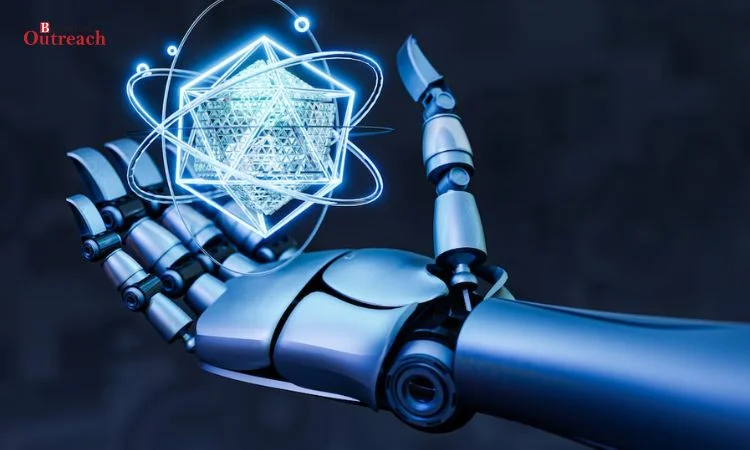
Cybersecurity has been revolutionized by the inclusion of Artificial Intelligence and Machine learning in strategic plans. Moreover, in 2025, this tendency is not only not being stopped but is actively developing and enhancing. Today, AI algorithms are applied to analyze vast amounts of information in order to detect and forecast cyber threats with greater precision and speed. Making shifts to predictive cybersecurity is important when cyber attackers are becoming more complex and an attack may happen in the blink of an eye.
Today this transformation is made possible by Machine Learning algorithms. They are transforming to be able to identify patterns within sets of big data to identify potentially suspicious signs of a cyber threat.
The most intriguing trend in this sphere is the appearance of security bots connected to artificial intelligence systems. These autonomous agents are designed to wander around networks, actively hunting for miscreants to eliminate. They stand for a transition from a security approach that is more defensive in nature to an offensive one. These bots are not just sitting around waiting for an attack to happen and then devote resources to defence, these bots are actively seeking out weak points and neutralizing them before someone else can.
The consequence of this trend is far reaching. Artificial Intelligence and Machine Learning are now introducing new levels of cybersecurity systems where they can think, learn, and act on their own. These decisions are very important in the world where cyber threats are present and can occur at any time, from any region. It means human cybersecurity personnel can dedicate themselves to evaluating strategic concerns and sophisticated challenges, and AI deals with routine work of threat identification and the responses’ initial stage.
2. Guarding the Internet of Things (IoT)- Cybersecurity Trends
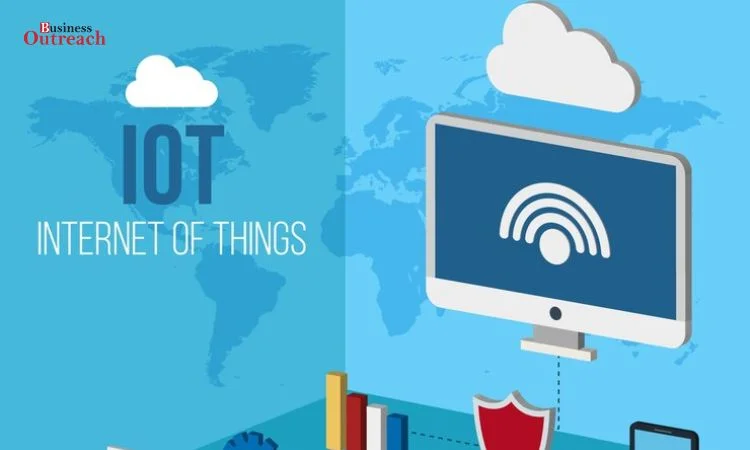
Today, Internet of Things refers to a concept that is no longer limited to being simply a hype. In 2025, the IoT evolution comes into force with the proliferation of smart devices from home appliances to industrial sensors. It brings vast values in terms of optimization, data gathering, and mechanisation into the fold. However, this also poses a great threat to cybersecurity.
Due to their huge numbers and the widespread use of IoT devices, they could easily become a favourite of hackers. Every connected device poses a risk of becoming a point of access to a network, and with the amount of connected devices currently in the market, securing all of them becomes a herculean task. In addition, while performing their intended tasks, many IoT devices do not focus much on security since they are built with functionality. This results in the creation of an environment that allows the cyber attackers to exploit the systems easily.
As a result of these factors, the year 2025 is experiencing increased attention to IoT security. One of the major advancements of IoT is the shift toward the emergence of common security frameworks for IoT devices. This is vital because it defines the bare minimum for security that can be provided to each device. It could involve standard interfaces, where data exchanged between devices is encrypted; new devices must be equipped with certain security measures. These measures are intended to get rid of different weedy links of the IoT chain.
Another biggest trend is that Artificial Intelligence and Machine Learning are being incorporated into IoT security. These technologies are being employed to sort through IoT networks in search of anomalous behaviour that could mean the networks have been breached. For instance, if a smart thermostat suddenly starts sending lots of data, an AI can identify this as a sign of possible malicious activity. This real-time monitoring and anomaly detection are extremely useful in a world where you cannot rely on firewalls and antivirus software.
Another area that is being highlighted at the moment is known as user education. In fact, if consumers become aware of the risks that are associated with IoT devices and learn how to approach these (for instance, through changing the default password), the security of IoT networks increases accordingly. Such an approach to security is critical because in most cases the subscriber is the only front line in security.
3. Remote Work and the Begin of Secure Access Solutions
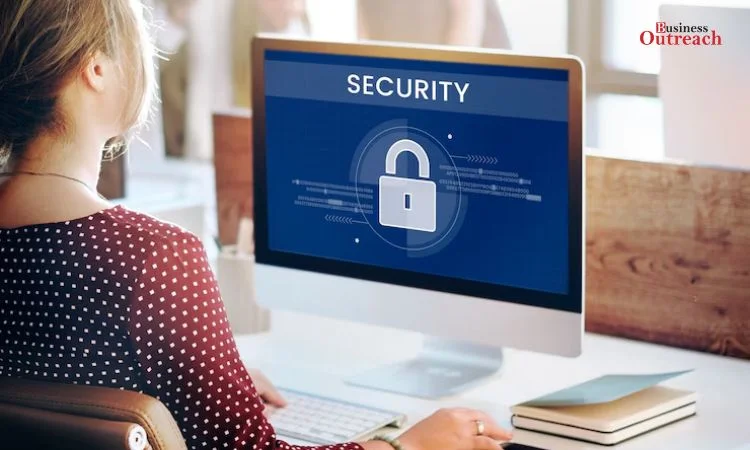
Another trend dominant in the global job market in 2025 is flexible working as more companies experience the effect of global events, switching to remote work. Although this shift provides mobility and possible advantages in efficiency, it also increases opportunities for cyber threats. Due to the implemented communication technology solutions, many employees use organizational resources from different geographical locations and different equipment, which means multiple points of attack for the adversary.
4. Quantum Computing: It is a Two Sided Coin as far as cyber-security is concerned
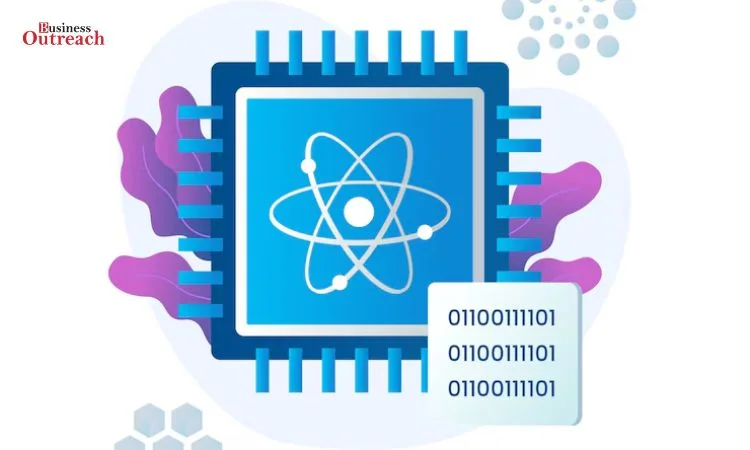
As we are going back to 2025 the field of quantum computing is rapidly evolving. This is not a trivial advancement at the level of concepts and theories; it has profound implications for cybersecurity. The advancement of quantum computing is one of the most significant changes in the processing power and their effect in cybersecurity shows both the potential and risks.
In general, quantum computing employs principles of quantum mechanics to manage and analyze data. Unlike classical computers that operate on binary digits (bits which can only be 0 or 1), quantum computers have quantum bits (or qubits) that are capable of being a 0 and 1 at the same time due to a principle known as quantum superposition. This enables the quantum computers to solve some specific kind of problems far much faster than the classical computers.
On the positive note, it can potentially greatly enhance all cybersecurity measures due to this level of processing capabilities. Quantum computing also has the potential to build and refine better cryptographic methods and algorithms, enhance intrusion detection methods, and supervise complex security operations. Essentially, it could provide cybersecurity specialists with ways of countering cyber threats, which at the moment, we can only begin to imagine.
But the same advantage that serves as the backbone of quantum computing also poses a threat in the field of cybersecurity. Most of the modern encryption techniques including RSA and ECC stand on the principle that some mathematical problems (like factorization of large integers) are solvable only by a classical computer in exponentially large time. Quantum computers, however, would be able to solve these problems at a greatly faster rate, making these encryption methods useless.
5. Phishing: Its History and Impact on the Need for Authentication

Even in the year 2025, phishing attacks are still very much prevalent, and these are considered to be one of the oldest tricks among cybercriminals. However, they have become a lot more advanced and specific with time. Phishing schemes have evolved beyond some of the cliché methods such as the emails from Nigeria. Modern phishers utilise social engineering tactics, AI-generated content, and sometimes deepfake as well to make it almost impossible to detect a fake message.
These advanced phishing attacks often bypass traditional security measures because they target the weakest link in any security chain, the target consumer or the human user. They might pose as a co-worker, a reputable company, or a local authority or even the government. The main aim is to make the user disclose some personal information or download a program that has malicious software. And this is especially true in today’s work-from-home environment, where employees utilize their own devices for business.
6. Mobile Security: Cybersecurity Trends
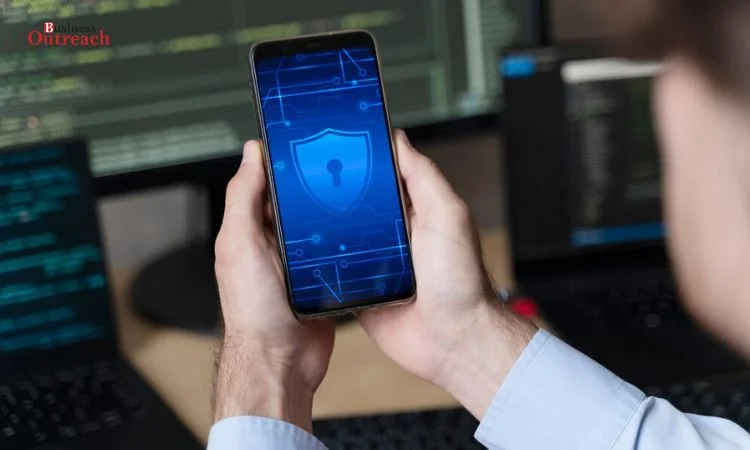
By 2025, our portable communication tools are no longer simple, portable phones, but smart handheld devices, we cannot survive without. We employ them in business, for managing our accounts, for purchasing necessities and for storing information. Because mobile devices are so prevalent and integral to people’s daily usage, they are great candidates for cyber targeting. For mobile users, daily dreadfuls are malware, phishing and unsecured Wi-Fi networks among others.
This, in turn, has given rise to the trend toward improved security for mobile devices, which is a reaction to these emerging risks.
7. Zero Trust: Cybersecurity Trends
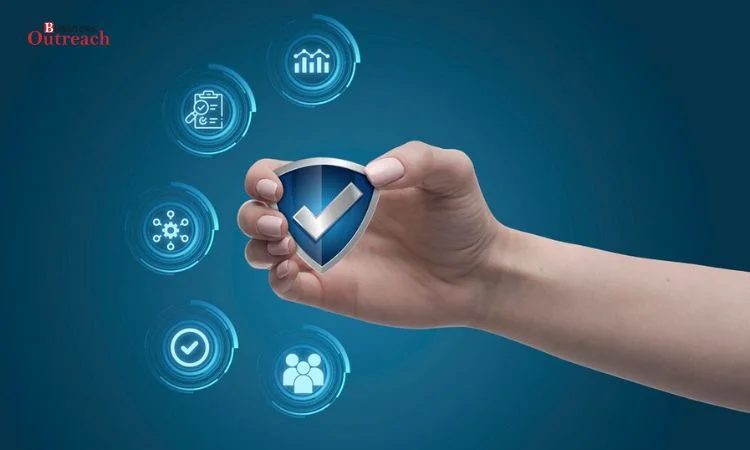
As we look forward to 2025, the Zero Trust model is no longer a new concept or an idea but is now considered as the core approach that guides security measures. This shift stems from the fact that no user, device, or network in the current complicated world of interconnected networks and systems can be assumed to be trusted without a doubt.
This old security model could be described as the perimeter security model. Once users got inside the realm (frequently authenticated with a single password only), they were pretty much trusted. It became irrelevant in the age of cloud, remote working, and IoT where the traditional definitions and conceptions of the network edge are shifting.
Zero Trust turns this model on its head with a simple mantra: There is a well-known slogan of the Zero Trust model, ‘never trust, always verify. ’ In this approach, even the access requests from the internal network are considered as potentially malicious. This entails proper identification of users and the granting of access which should be strictly regulated as well as the constant supervision of all activities on the network.
Another fundamental aspect of Zero Trust is the micro-segmentation. Instead of having the entire network and its components as one big trusted zone, there are many small trusted zones. Access is given at segment level thereby ensuring one segment, even if it is compromised, does not affect the whole system. This is where the principle of least privilege is implemented.
The other important factor is daily authentication. In a Zero Trust model, users’ authentication is not a discrete activity. Users behave, devices’ status, and networks are constantly being observed to detect specific patterns and trends. Anything that appears suspicious – such as a user who suddenly begins to engage in activities that he/she doesn’t usually employ – can be stopped instantly.
8. Transitioning to Address the Cybersecurity Skills Shortage
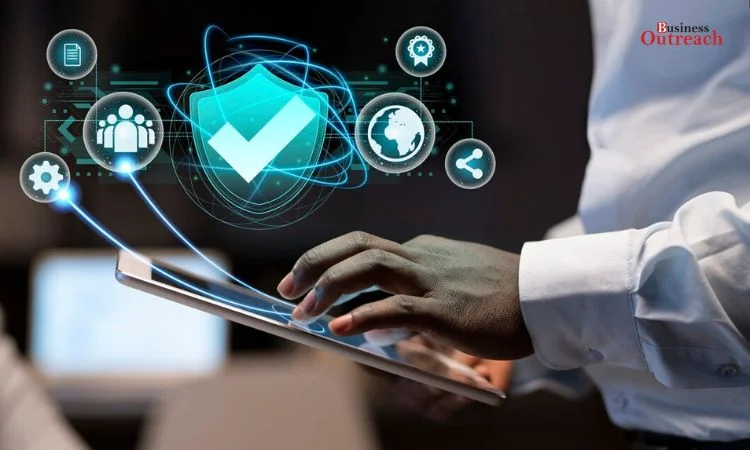
The number of cybersecurity threats has also been on the rise as has the complexity of these threats calling for adequate human resources in this field. However, in 2025, the industry remains weak in terms of demand for highly qualified specialists. Child welfare workers are often scarce in number and not adequately trained in working with survivors of childhood sexual abuse. This scarcity is not simply a minor problem; instead, it is a significant factor that puts organizations in several dangerous situations.
This has led to a push to ensure that this skills gap is tackled as soon as possible. The first response is the increase in cybersecurity knowledge as one of the primary focuses of education. Today’s colleges and universities are expanding their cybersecurity curriculum, some of them add specific degrees which, unlike computer science, would cover all aspects of cyberspace. These are more and more hands-on utilising elements like virtual labs to mimic different experiences right through to simulations of cyber attacks.
In this quest for education, the push goes beyond conventional classroom learning. Understanding that it is impossible for everyone to attend a traditional university and get a degree, the number of boot camps, online tuition, and professional certification has increased. Several organizations are involving themselves in offering constant training to the security teams they have. This might include taking them to conferences, giving them access to online learning platforms, or inviting instructors for tutorials within your facility. The aim is to make sure that cybersecurity teams are always relevant and well informed about emerging Threats , tools and strategies.
Another emerging trend is the development of partnerships between academia and industries in the cybersecurity education field. Universities and companies have embarked on processes of formulating curricula that reflect current business requirements. Some are providing internships or co-op options for the students as means of exposing them to real-life cyber security issues. These partnerships are a win-win: students receive practical training experience while still in school, and employers have the opportunity to groom talented individuals of their choice for their organizations.
9. Blockchain Integration and Cyber Security Advancements- Cybersecurity Trends

In the ever-changing world of security, the application of blockchain technology is gradually receiving attention as an appropriate tool towards changing the approach towards security protection. In simple terms, blockchain is designed as a distributed database with characteristics that are associated with its high bulletproof features for example security such as immutability, visibility and inalterability. This makes it ideal for enhancing the security of digital operations and protecting important information against cyber security threats.
One of the significant ways in which the blockchain contributes to improving cybersecurity is by the ability to prevent data manipulation. In the blockchain technique, as soon as data is put into a block, specifically into the block chain, it becomes almost impossible to modify it without the support of a large number of nodes. The peculiarities of this property are best applied in protecting information that is personal, fiscal and infrastructure significant. In addition, through the use of blockchain technology, there is the creation of even more refined and decentralized identity solutions. By leveraging blockchain and storing identity data on it, individuals and respective entities have better control over identity information, leading to reduction of risk of identity theft and fraud.
10. Cybersecurity Insurance and its status towards the mainstream or broad adoption
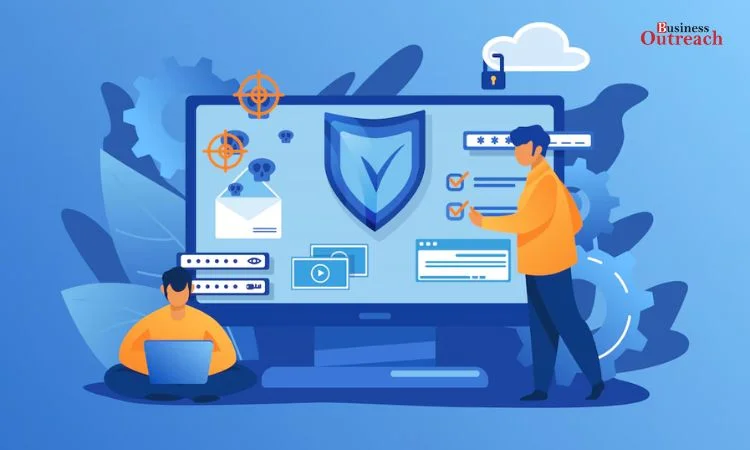
Cyber security insurance can be said to have become one of the most commonly used products in the year 2025 in the field of business risk management. As the extent and frequency of cyber threats and incidents grow, more organizations are continually considering purchasing cybersecurity insurance to transfer the monetary losses in the event of cyber incidents. However, the premiums for such insurance substantially depend on the cybersecurity situation in the corresponding company.
Conclusion
Hence, in the opinion of the author, while venturing through more and more complex cyberspace in 2025, it seems clearer and clearer that protection of valuable resources, maintenance of enterprise’s image, and confidence of the consumers are among the major goals of the enterprises. As a new shift of threat actors and opportunities occur to the organizations internationally, cybersecurity remains dynamic.













